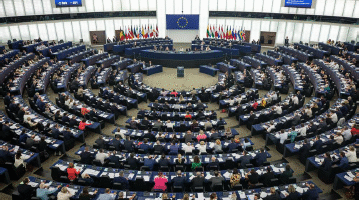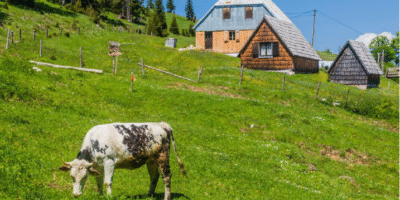Montenegro is currently home to 95,147 foreign nationals, a figure that has more than doubled since the last population census in 2023, when there were just over 46,000 foreign residents. According to the Ministry of Internal Affairs (MUP), as of April, more than 1,500 new residence permits have been issued for both temporary and permanent stays. The largest group of foreign nationals, totalling 23,304, reside in Montenegro temporary while working.
Among them, 9,975 individuals have temporary residence, while 32,219 hold extended temporary residence permits, and 29,649 have permanent residence. The 2023 census conducted by the Statistical Office (Monstat) recorded a total population of 623,633, marking a 0.6% increase from 2011, which included 46,878 foreign nationals. Of these, the highest numbers came from Türkiye (around 1,900), Albania (1,161), Belarus (700), and the EU (2,602). Additionally, 2,100 foreign nationals hailed from other global regions.
The MUP emphasized that, according to the Law on Registers of Residence and Stay, only Montenegrin citizens can have official residence in the country, while foreign nationals can only hold residence permits. In the first quarter of 2024, the Ministry issued 870 temporary and 632 permanent residence permits.
In terms of education, nearly 10% of all students in primary and secondary schools are foreign nationals. The Ministry of Education reported that over 7,000 foreign students have enrolled in the 2024 – 2025 school year, with the largest groups coming from Russia (2,512), Serbia (2,075), Ukraine (612), Bosnia and Herzegovina (374), and Kosovo (317).
The 2023 census shows a significant rise in the number of foreign nationals, especially in coastal cities like Tivat, Budva, and Herceg Novi. In 2011, there were only about 28,000 foreigners, making up 5% of the total population, with the largest groups from Serbia and Bosnia and Herzegovina.
The growing presence of foreign nationals in Montenegro signals both opportunities and challenges for the country. The influx of people, particularly in the education sector and workforce, can contribute to economic and cultural diversity. However, it also highlights the need for careful management of resources and integration policies to maintain the balance between welcoming foreign talent and preserving local identity. As Montenegro continues to grow as a regional hub, it will be interesting to see how this demographic shift shapes its future development.
Written by our correspondent A.A.



